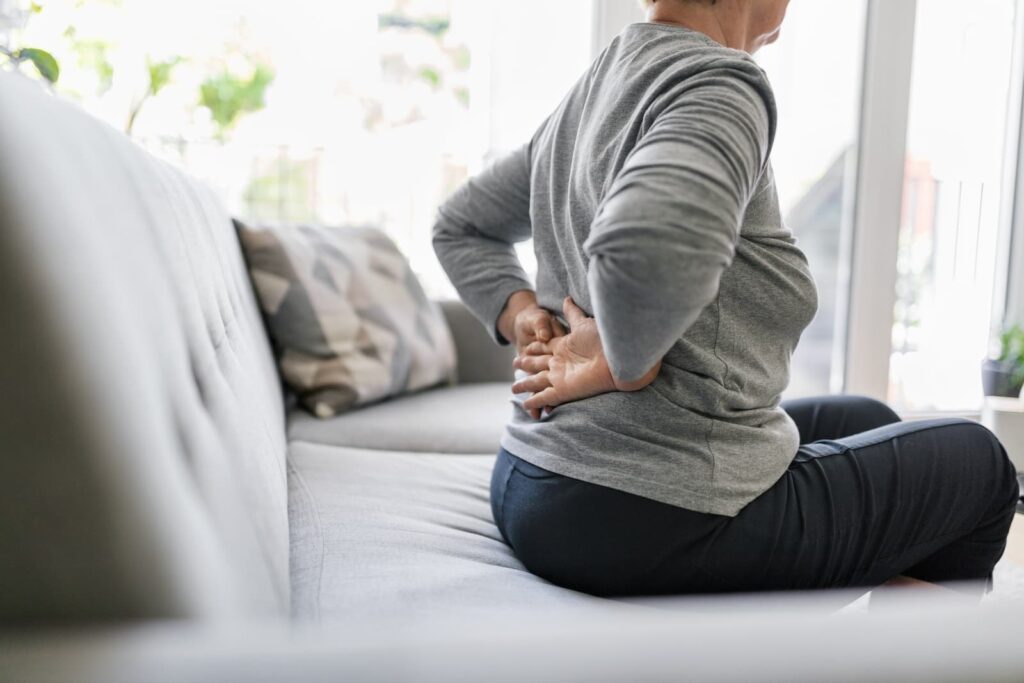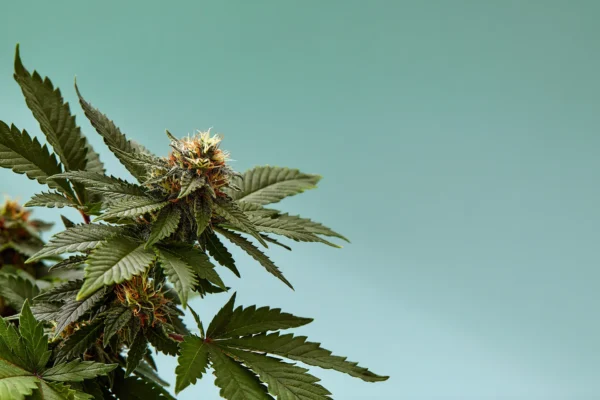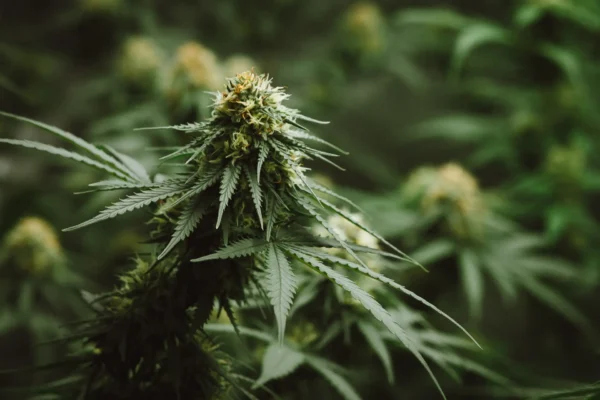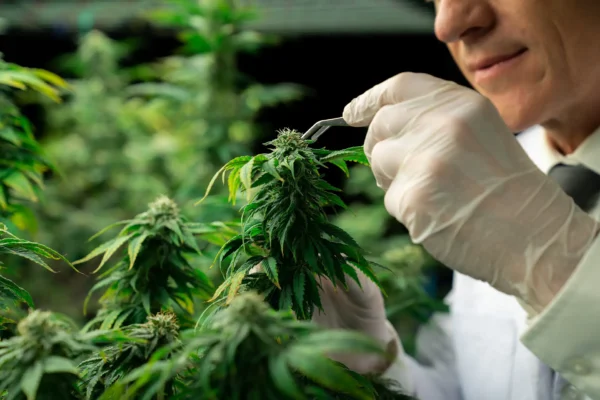Chronic Low Back Pain (CLBP) is a profound global health challenge, defined as pain persisting for more than three months. It is the leading global cause of disability, work loss, and reduced quality of life, affecting over half a billion individuals. While treatment strategies exist, many people have ongoing pain despite best medical therapy. Healthcare professionals and regulators widely agree on the crucial need to develop new analgesics for both short- and long-term CLBP management.
A major clinical investigation, the VER-CLBP-001 trial, was conducted to address this need. The trial aimed to provide robust, high-quality evidence supporting a new, carefully characterised option: VER-01, a full-spectrum cannabis extract.
The Trial Design: Rigour and Scale
The trial followed a stringent, multi-phase design:
- Enrolment: The study enrolled 820 adults living with chronic low back pain.
- Study Product: The investigational product, VER-01, is a standardised full-spectrum extract derived from the Cannabis sativa DKJ127 strain, with its composition of cannabinoids, terpenes, and other compounds comprehensively characterised to ensure batch-to-batch consistency.
- Core Phase (Phase A): A 12-week randomised, double-blind, placebo-controlled phase to prove initial efficacy. Patients were randomly assigned to either VER-01 (n = 394) or placebo (n = 426).
- Long-Term Phases (Phases B/C/D): Extended open-label and randomised withdrawal phases were included to establish long-term safety, sustained efficacy, and investigate any potential for dependence or withdrawal.
What is VER-01? (Composition and Dosing)
The investigational product, VER-01, is a standardised full-spectrum extract derived from the Cannabis sativa DKJ127 strain.
- Composition: Each single dose unit, or ‘n’, contains 2.5 mg THC. The product also contains trace amounts of other cannabinoids, including 0.1 mg cannabigerol and 0.02 mg cannabidiol per dose unit. It uses sesame oil as its excipient. It also contains other active pharmaceutical ingredients, including terpenes. β-caryophyllene and α-bisabolol are the highest by concentration.
- Placebo: The placebo was designed to mimic the appearance and sensory characteristics of VER-01, containing sesame oil, cannabis aroma, and colourants.
- Phase A Dosing: The individual optimal dose was determined during a three-week titration period. The dosing started at 1 dose unit (2.5 mg THC) in the evening and was gradually increased as tolerated. During the treatment phases, the maximum single dose was capped at 8 dose units (20 mg THC), and the maximum daily dose was limited to 13 dose units (32.5 mg THC). The placebo followed the identical regimen. The maximum mean dose reached during treatment was 7.62 doses of VER-01, which is equivalent to 19.06 mg of THC per day.
Key Results
The trial successfully met its primary efficacy endpoint in Phase A, demonstrating change in pain severity in participants treated with VER-01. Pain was measured using the Numeric Rating Scale (NRS).
- Primary Endpoint Met: Participants receiving VER-01 experienced a mean pain change of -1.9 NRS points. This was statistically significant compared to placebo.
- VER-01 demonstrated a greater mean change in pain severity in every week of the 12-week treatment phase compared to placebo.
Change in pain severity persisted up to 6 months in individuals who were retained on Phase B of the trial. - Clinically Relevant Outcomes: The study showed that this reduction was clinically meaningful, exceeding widely recognised thresholds in pain research.
- 54.1% of the VER-01 group achieved a ≥30% change in pain severity, compared to 39.5% for placebo.
- Participants in the VER-01 group took substantially less rescue medication compared to participants in the placebo arm.
- In Phase D, when the medication was randomly withdrawn from individuals, those prescribed VER-01 had an increase in pain.
Beyond Pain: Sleep and Physical Function
In addition to studying the effects of VER-01 on pain, the study authors also examined the outcomes of individuals with respect to sleep and physical function.
- Improved Sleep Quality: Sleep quality changed more in the VER-01 arm compared to placebo.
- Improved Physical Function: Physical disability scores showed a difference compared to placebo.
Addressing pain while simultaneously improving physical function and sleep quality is essential for breaking the “vicious cycle” of pain, stiffness, and functional decline inherent to CLBP.
Safety Profile
More participants in the VER-01 group (83.3%) experienced treatment-emergent adverse events than in the placebo group (67.3%). VER-01 and the placebo had similar rates of serious side effects (6.2% vs. 6.8%; p=0.699). The most common adverse events were dizziness, headache, nasopharyngitis, fatigue, nausea, dry mouth and somnolence.
The trial took place during the coronavirus disease-19 (COVID-19) pandemic and consequently there are cases of COVID-19 reported in each arm, but there was no difference in the rates of COVID-19 between the VER-01 and placebo arms.
There was an absence of any signs of drug abuse, dependence, or withdrawal symptoms (as classified under strict clinical criteria).
Conclusion
In conclusion, this Phase 3 study provides robust evidence supporting the efficacy and safety profile of VER-01 in the treatment of chronic low back pain.
The successful completion of this large-scale, randomised, placebo-controlled trial marks a significant advance in clinical research that hopefully will help inform and translate into clinical care.
However, the journey does not end here. Chronic pain is complex and diverse. As is the cannabis plant. Continued research is essential to establish the efficacy and safety of unlicensed medical cannabis products across all indications for medical cannabis. By building this evidence base, we can ensure that future treatment decisions are guided by the highest standards of safety and efficacy.
Disclaimer: This blog post is for informational purposes only and is based on a specific clinical study. The efficacy and safety of medical cannabis depend on both the medication prescribed and the individual. Patients should always consult a qualified healthcare professional before making any decisions about their treatment.









